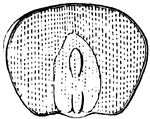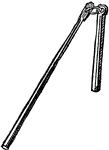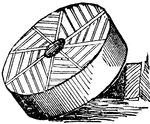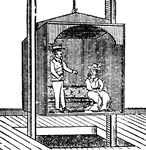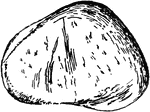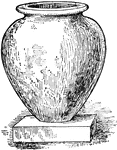
Rice
Rice is a food staple in more than 39 countries. There are many different varieties of rice. They vary…

Pheasant
The pheasant prefers wooded slopes or marshy plains. They eat grain, berries, worms and insects.

Golden Pheasant
The pheasant prefers wooded slopes or marshy plains. They eat grain, berries, worms and insects.
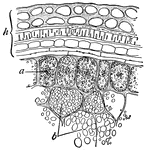
Wheat Grain
Outer portion of a cross-section of a wheat grain; h, various integuments of the ovary and seed, forming…
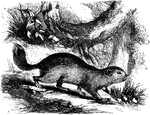
Souslik
"Is about either inches long, and the tail one-third as long; its color is grayish-brown, marked with…
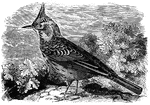
Crested Lark
Feeding mostly on worms and grain, the crested lark frequents Northern Europe i nthe summer, and Southern…

Chough
Also known as the red-legged crow, the chough is about sixteen inches in length, feeding on insects,…

Common European crane
The common crane of Europe is mostly of a blueish-ash color, feeding on worms, insects, reptiles, mollusca,…

Pompey
"Pompey was one of the men, who, having distinguished himself in foreign wars, was looked upon as the…

Aerator
"A blower, a contrivance for fumigating wheat and other grain, to bleach it and destroy fungi and insects."-Whitney,…

Amphora
"A jar with two handles; Among the Greek and Roman, a vessel, usually tall and slender having two handles…
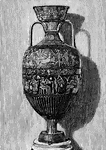
Amphora
"A jar with two handles; Among the Greek and Roman, a vessel, usually tall and slender having two handles…

Scythe
An instrument for mowing grass, grain, or the like, composed of a long, curving blade, with a sharp…
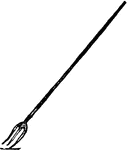
Pitchfork
A farming utensil used in pitching or throwing hay or sheaves of grain, as into carts or wagons.
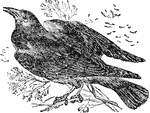
Rook
A species of crow. It differs from other birds of the crow family in having a naked spot at the base…

Grain Coast
A village on the Grain Coast, a coastal area in western Africa, between Cape Mesurado and Cape Palmas.…
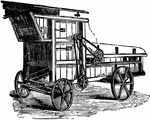
Portable Threshing-Machine
A machine invented by Andrew Meikle to seperate grain from stalks and husks.

Young's Stack-Stool
A stool used to stack hay on so that it becomes ready faster than when it is stacked on the ground.
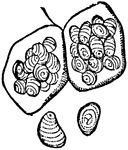
Starch Cells
"a, Starch cells of the Pea, showing grains of starch in the interior. b, Seperate starch grains, with…

Wheat Grain
"A grain of wheat. Vertical section, showing (b) the endosperm, and (a) embryo." — Encyclopedia…

Wheat Grain
"A grain of wheat. Commencement of germination, showing (b) the pileola and (c) the secondary rootlets…

Granulating Machine
"Granulating machine. A, hopper, with raising arrangement; B, endless band; C, C, C, C, four pairs of…

Rye
A grass grown for its grain and forage. It is part of the wheat group and is closely related to barley…
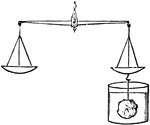
Water Weighing
"Take a piece of ivory, or any other substance that will sink in water, and weigh it accurately in the…

Seed of Grain of Rice
Section of a grain of Rice, lengthwise, showing embryo outside the albumen, which forms the principal…
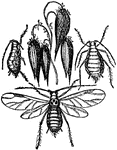
Aphis Avence
Grain or oat-plant louse, does much injury to grain, and especially to oats, but is also found on wheat,…

Indian Corn Grain
A grain of Indian Corn, flatwise, cut away a little, so as to show the embryo, lying on the albumen,…
Indian Corn Grain
Grain of Indian Corn in germination; the ascending sprout is the first leaf of the plumule, enclosing…

Indian Corn Grain
Grain of Indian Corn in advanced germination; the second and third leaves developing, while the sheathing…



